Seven true ghost stories from a century of Country Life
Over the course of Country Life's 125-year history, dozens of readers have shared their tales of ghosts. Here we've picked out seven of the most fascinating.
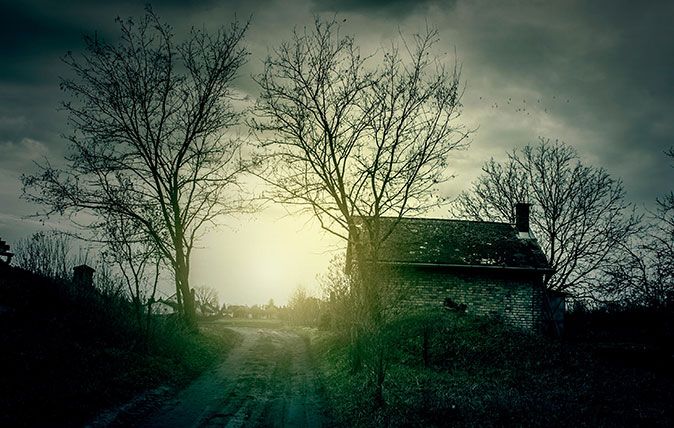

Hearing a ghost story is all well and good – a bit of fun, and something most of us can hear without taking it too seriously. But there's something very different about hearing the direct experience of a friend. It becomes that much more credible, that much harder to dismiss as merely the product of an over-active imagination.
And while the contributors below aren't friends as such, they're the next best thing: members of the same community, in this case your fellow readers. Between that and the generally impeccable standards of common sense exhibited by Country Life's diverse readership, these tales are all the more believable – and because of that, all the spookier.
Last sight of a departed friend
This letter from Margaret S. Gladstone of Wiltshire was published on September 24, 1948. Margaret was prompted to write by some recent letters which had appeared in the magazine in previous weeks.
The ghost letters which you have been publishing in Country Life are very interesting to me and I venture to add one of my own.
Returning to my flat in Westminster one afternoon, I saw two friends coming towards me on the other side of the street. I had no time to stop and hoped they would not notice me. I crossed the street behind them and hurried home.
At breakfast time, a friend rang to tell me that the man I had seen the day before had died in the night. I was amazed and described how I had seen him and his wife apparently in perfect health. My friend exclaimed that that was an impossibility, as he had been ill for some days. The widow, I may mention, is still alive.
The disappearing woman
Madge Smith’s letter, which was published on September 3, 1948, tells a story which took place in Devon.
Sign up for the Country Life Newsletter
Exquisite houses, the beauty of Nature, and how to get the most from your life, straight to your inbox.
Harald Penrose’s Somerset ‘ghosties’ (August 6) were satisfactorily accounted for, but my own experience in Taunton is less easily disposed of. This occurred more than 10 years ago, but is still vivid in my mind.
One afternoon, my attention was arrested by a woman moving through the throng on whose face was a most dreadful expression of distress. So appalling was her grief, with great tears rolling down her cheeks, that I had an unconquerable impulse to follow her.
I could not see her again. I looked all about, followed in the way she was going, trying to see again my vague impression of black, clinging garments, a tall figure, grey, disordered hair and that face of trouble. She was nowhere.
I turned to my companions, who were amazed at my outburst. They had seen nothing, but, at the time, we were passing the Bloody Assizes.
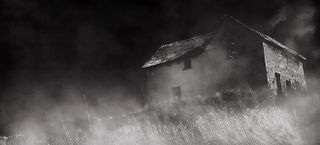
Holiday haunting
W.S.J.’s letter on March 13, 1937 recounts an experience he’d had over half a century earlier. It clearly left a lasting impression.
In the year 1885, when I was a schoolboy, we went for our summer holiday to a furnished house between Ventnor and Bonchurch on the Isle of Wight. St Boniface House was modest, possessing one of the most charming small gardens I ever saw.
Ghosts soon declared themselves. The manifestations were pronounced and various. My sisters were visited in the night by a figure walking in their room and, when it came between their beds, they fled shrieking.
A figure passed the housemaids in the corridor, cold hands were laid on hands lying outside the counterpane, bells rang without being pulled.
The village priest came with book and holy water, the spirits were effectually laid and we slept in peace.
Now I have read, in Mrs Stirling’s The Diaries of Dummer (1934), an account of similar manifestations at the same house in 1851. The old house has been pulled down, but I hope its garden still shelters the poor houseless shades that wander by night.
The lost village
This wartime letter from a reader identifying themselves as ‘O. A. T. S., Surrey, was published on February 27, 1942.
In Scotland last year while walking through an ancient forest with my husband, we took a shortcut through the wild glen and intended to walk down the bank of the Fillen to Crianlarich. We came to an open space, flat and treeless and full of sun-haze.
As we entered, my husband remarked: ‘I don’t like this place, it’s too old and dead.’ I was about to reply that I felt it only peaceful, but I suddenly had the sensation of depression almost amounting to hopelessness.
What I ‘saw’ was more a feeling as if all about me was snow, under a leaden sky, and behind me there were people and their eyes were without hope.
My husband saw that I was oddly frightened and so we left for Crianlarich. We told them at the hotel that we’d felt spooky at one place in the forest. The late Mr Alistair Stewart said: ‘Oh yes, that would be where a whole village was lost in the snow and they all starved to death.’
We are both Celtic, but neither of us is in the least psychic. One thing I do know is that even if I were chased by Hitler and his grizzly gang, I would not enter that forest again.
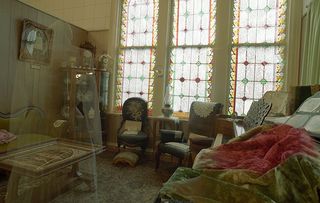
A spectre with the canine seal of approval
On March 21, 1963, Kay Monier-Williams of Suffolk had her missive published about a strange ghost seen not by her, but by her dog.
In 1916 I was living with my mother and a friend in Devon in a large and rather spooky house. One evening, when we were all sitting by the fire, Prickles, my terrier, got up, walked to the door, looked up and wagged his tail, greeting someone who had just come in.
After a moment, he turned and, still wagging his tail, accompanied her or him towards us. He then stopped, looked up again and turned towards the door, but did not move and obviously watched the person leave the room, after which he sighed deeply.
He certainly liked his friend, who was invisible to us.
When a ghost becomes a horse whisperer
This letter from Devon, which came from B. Wynell-Mayow, was published on September 24, 1970.
There is an old farm here in which at least three generations of a family called Hawkins lived. The recent owner told me she and her children often smelt tobacco smoke in the house and none of them ever smoked.
She owned a beloved mare in foal. When the foal was due, there were complications. Very worried, she went to the stable to be with her. There, she smelt ‘old Hawkins’ smoke’ and felt his presence comforting her and calming the mare.
I discovered through my gardener, one of the Hawkinses who was brought up in the house, that all the family were devoted to animals and they all smoked pipes. The owner of the house knew nothing of the family except their name.
The carriage that foretold death
Mary Corbett Harkis of Kent, published on May 4, 1967, shared an event originally written down by her grandfather in his diary almost a hundred years previously.
The reference in Roy Christian’s article (April 6) to the death of the Marquess of Hastings in 1868 reminds me of a story that my grandfather wrote in his diary that year.
‘Heard of the death of the Marquis of Hastings yesterday in London. He was only 26 years old.
‘A curious thing happened in connection with his death. There is a tradition in the family that before a death of a member of it, some other member hears a noise of carriage wheels driving to his door when no carriage is in fact there.
‘This actually happened at the Castle [Cardiff] when Lord Bute was down here lately and he even went to the door to see if a carriage was there. It was remarked at the time, Lord Bute being a Hastings on the mother’s side.’
My grandfather was Lord Bute’s cousin and knew him well.
Some 60 years later, the then Marquess of Bute and his wife were at Dumfries House, their Ayrshire residence. One evening, after dinner, they heard a carriage; they waited but no one was announced, so they rang for the butler, but no one had come.
The next day, news came that a member of the Hastings family died.

Credit: Alamy
The most haunted houses that you can visit in England and Wales
Ghosts and country houses go together like strawberries and cream. We name some of the country's best known haunted houses
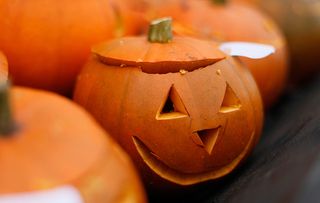
How to carve a Halloween pumpkin
You've dutifully bought a pumpkin - now here's how to carve a Jack o' Lantern like a pro.
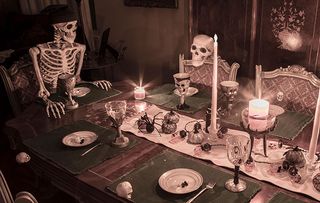
How to put on the ultimate Halloween Feast, from eating eyeballs to drinking blood
Throwing a Halloween party this year? Here are our favourite suggestions for nightmarish nibbles and demonic drinks with which to
Country Life is unlike any other magazine: the only glossy weekly on the newsstand and the only magazine that has been guest-edited by HRH The King not once, but twice. It is a celebration of modern rural life and all its diverse joys and pleasures — that was first published in Queen Victoria's Diamond Jubilee year. Our eclectic mixture of witty and informative content — from the most up-to-date property news and commentary and a coveted glimpse inside some of the UK's best houses and gardens, to gardening, the arts and interior design, written by experts in their field — still cannot be found in print or online, anywhere else.
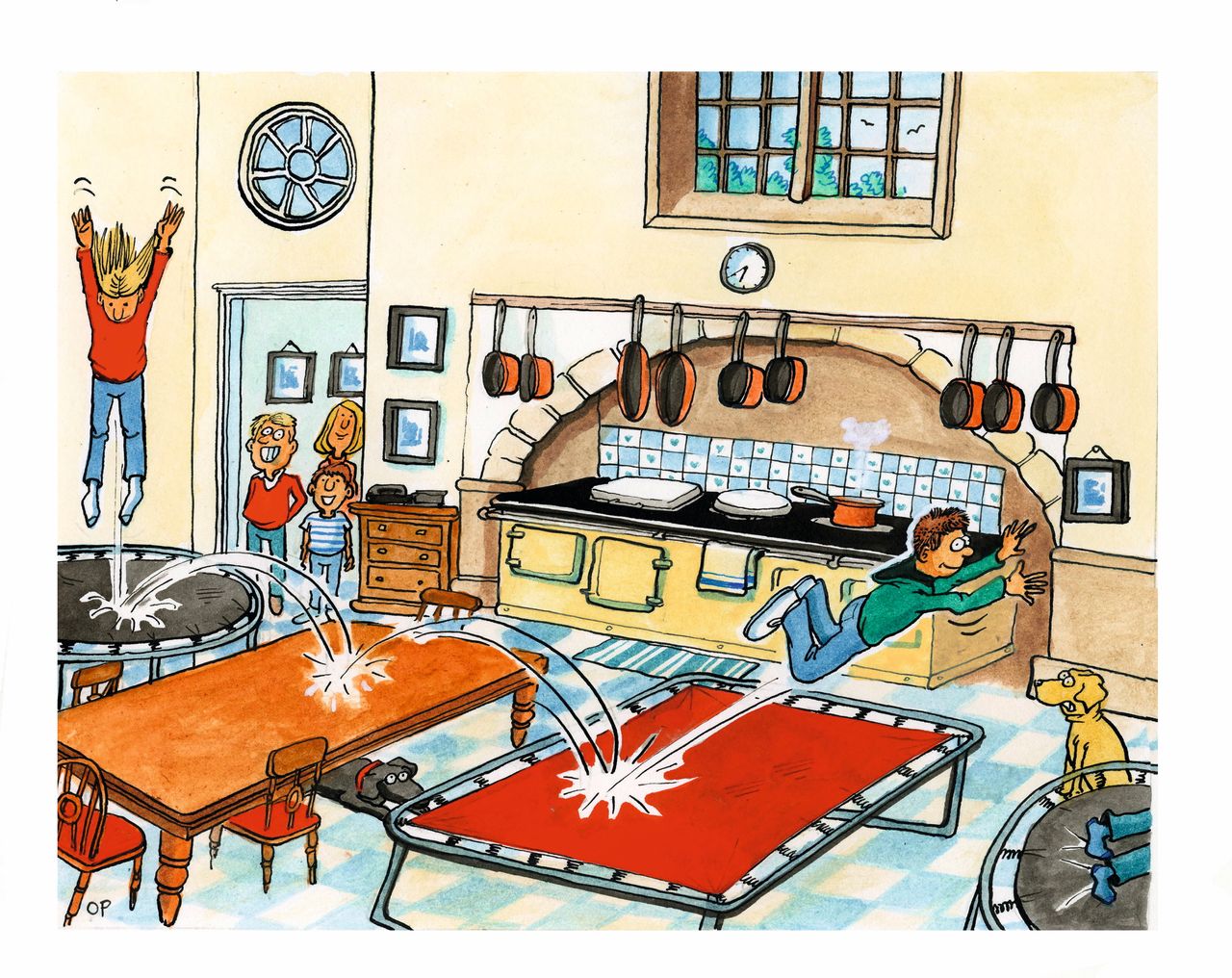
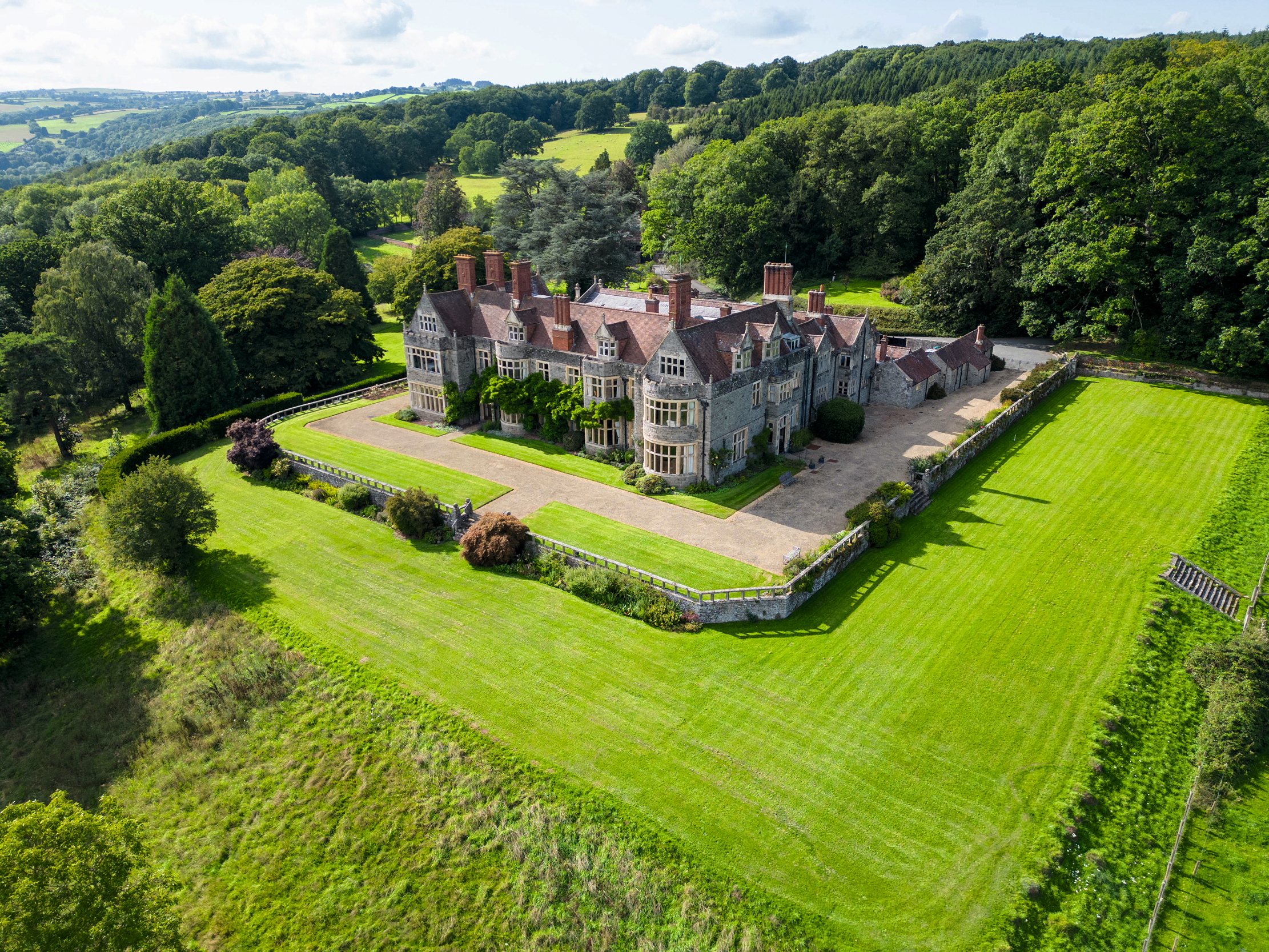
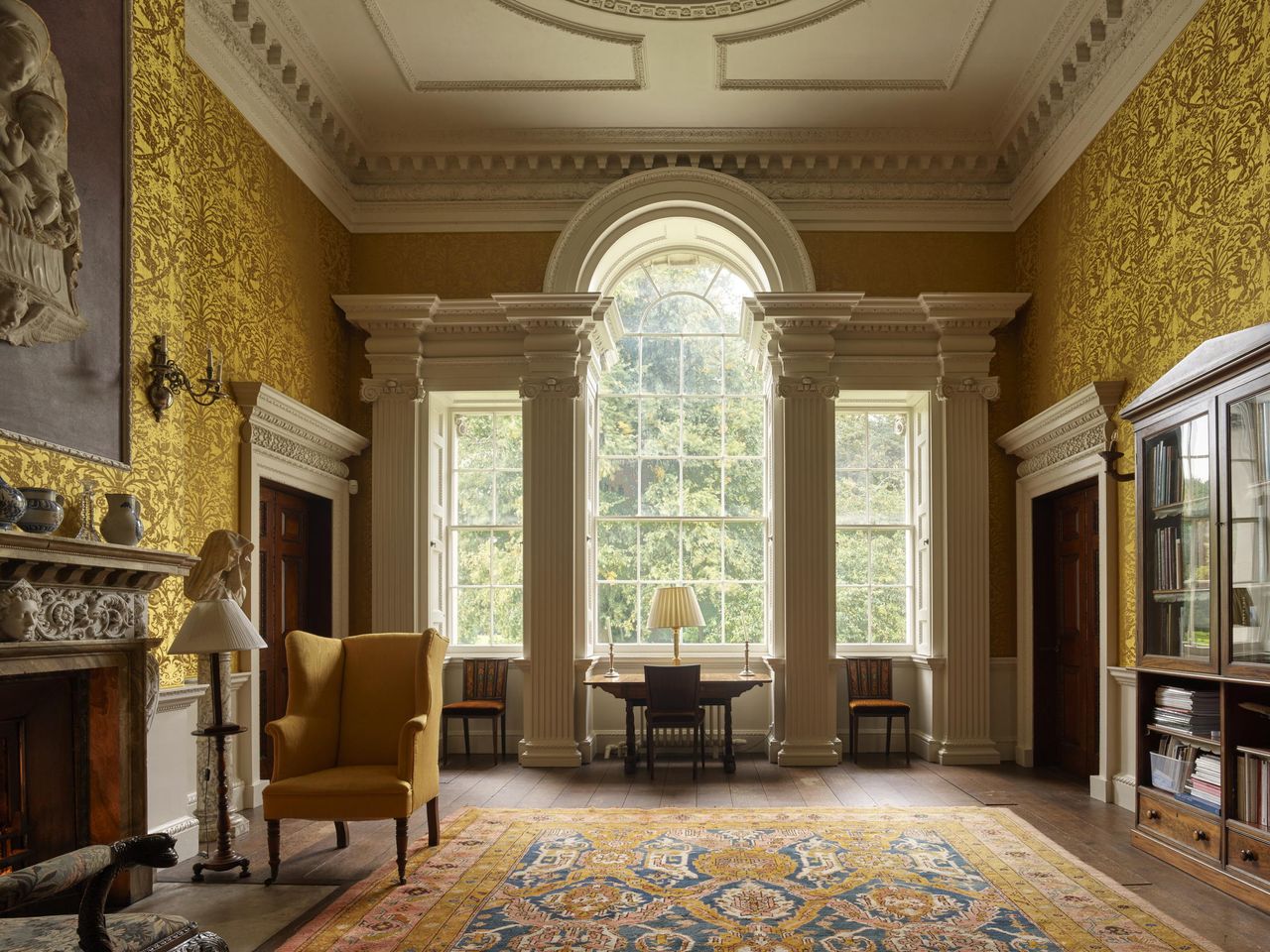
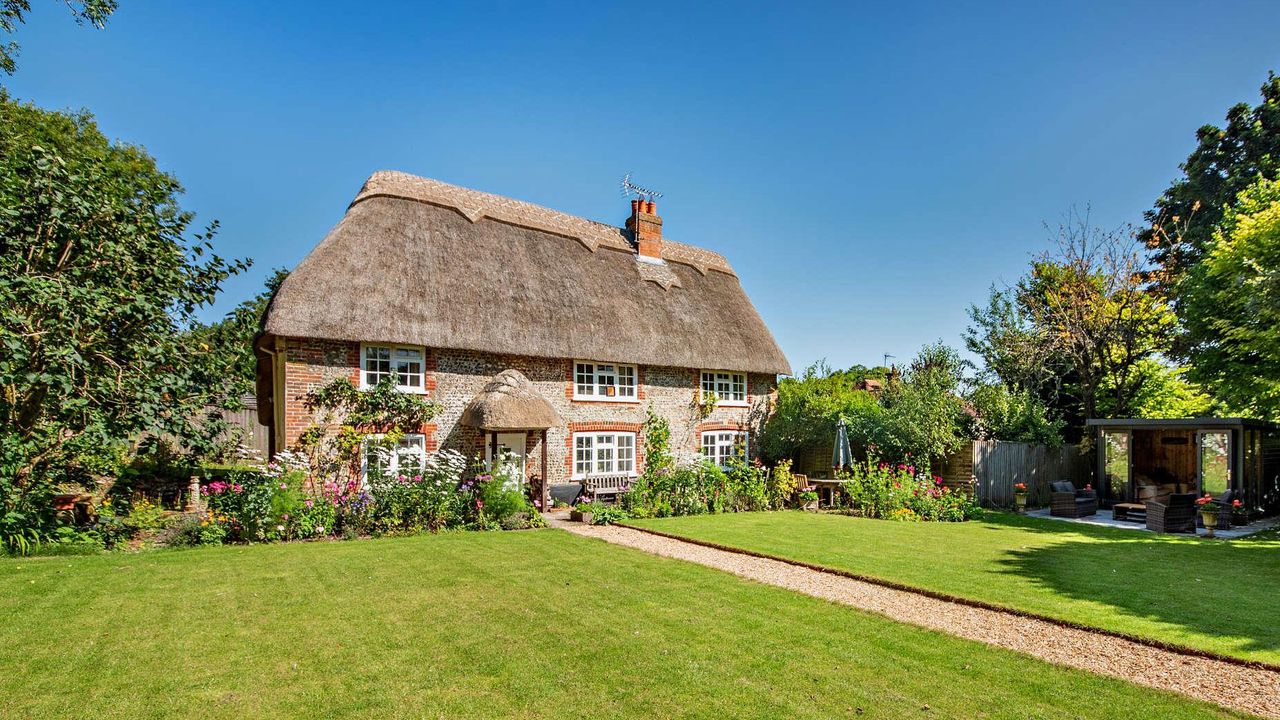

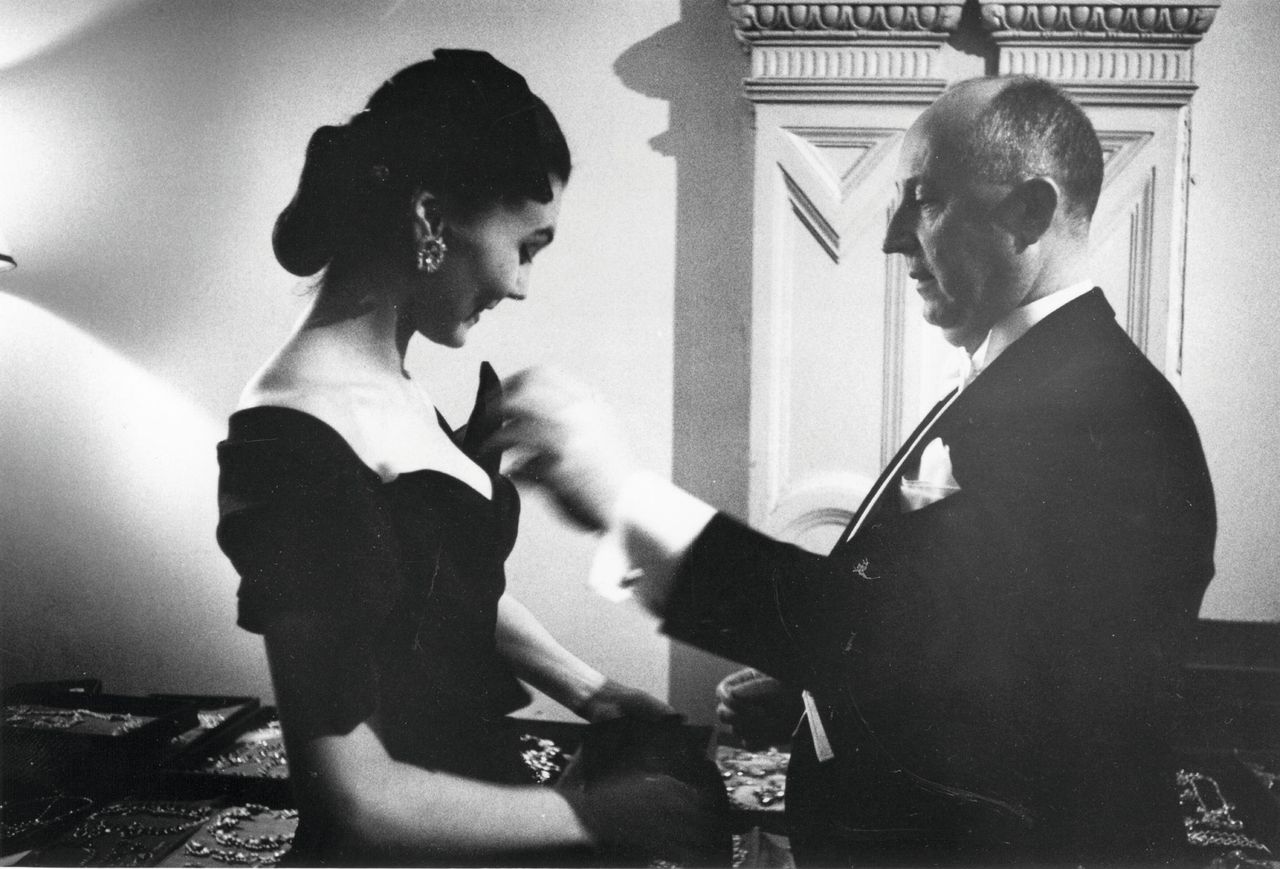
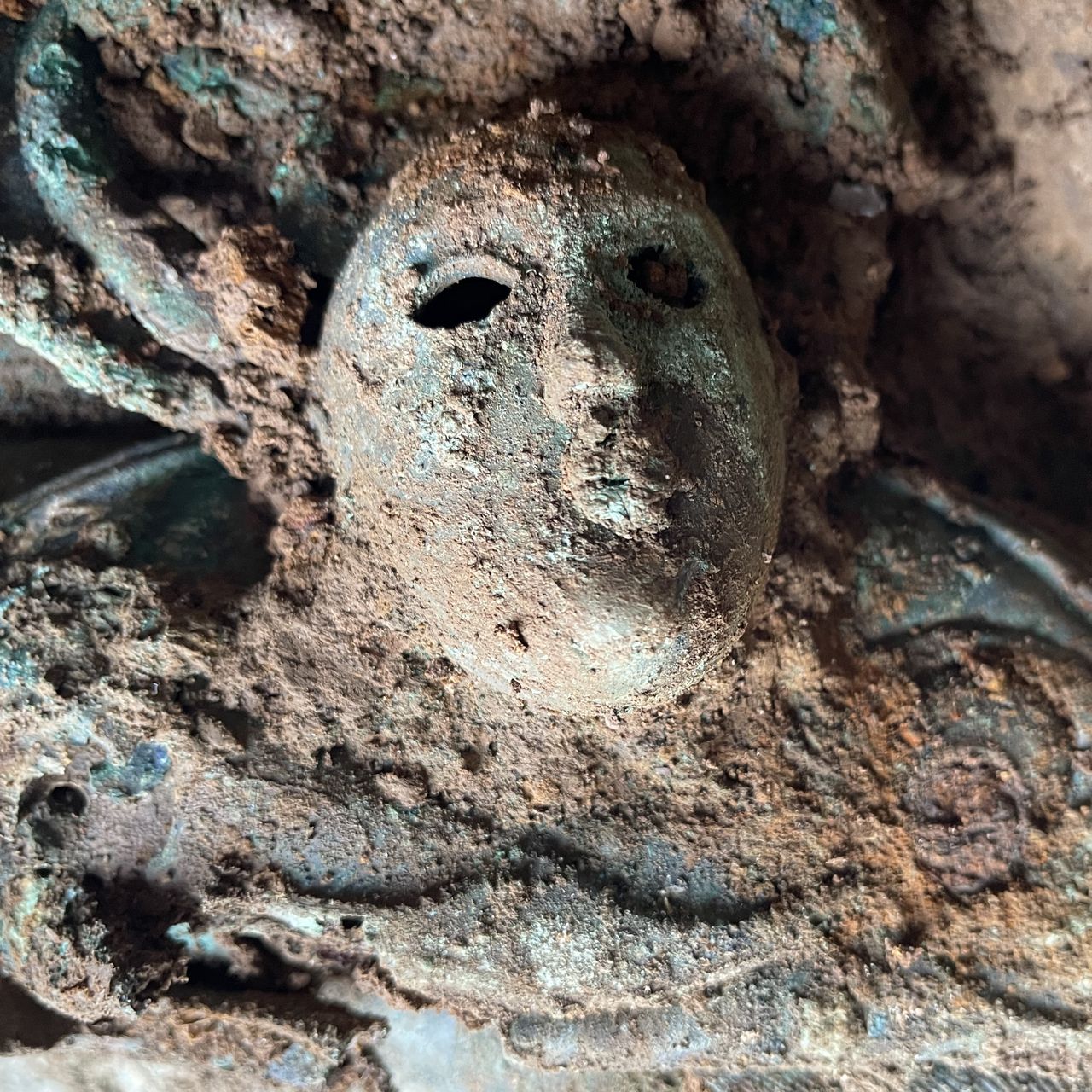

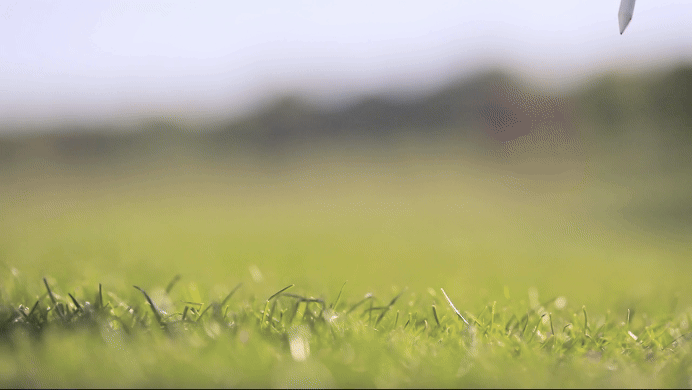




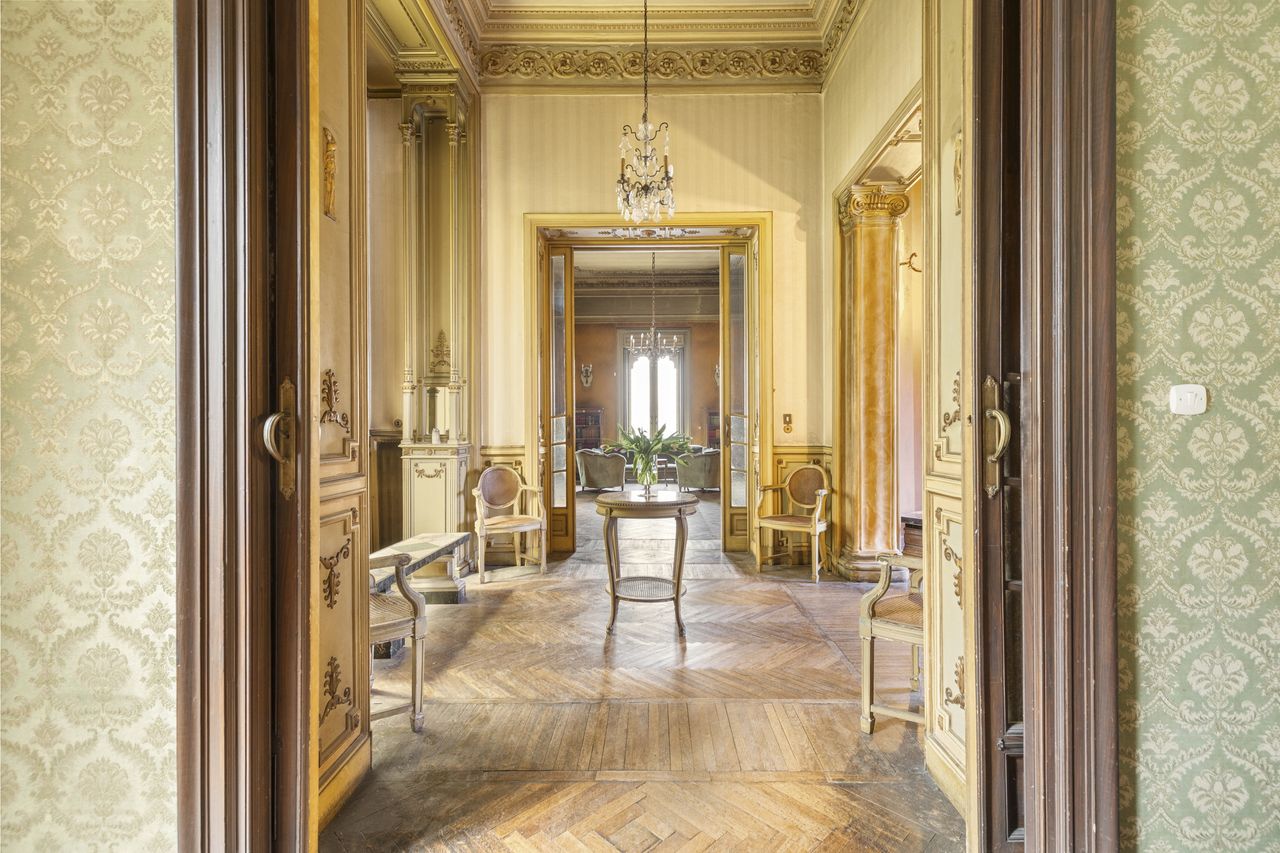


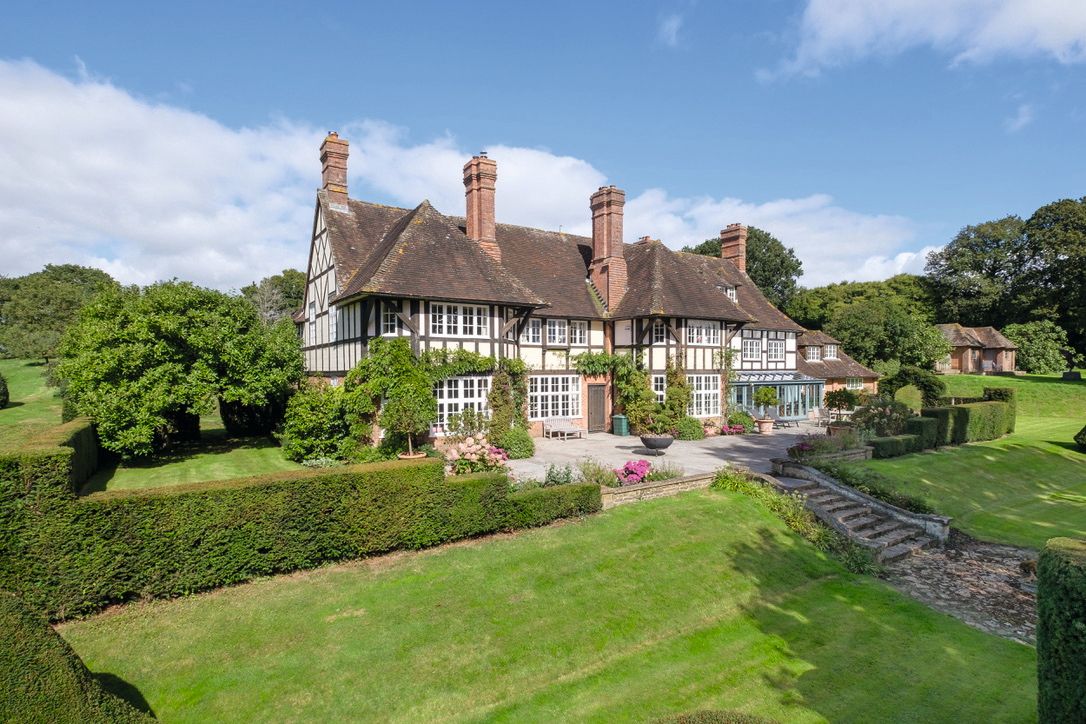

-
 The prestigious Saut Hermès was a tantalising taste of what to expect when Paris's Grand Palais reopens to the public in June
The prestigious Saut Hermès was a tantalising taste of what to expect when Paris's Grand Palais reopens to the public in JuneThe Grand Palais in Paris, France, has been closed to the public for extensive renovation works since 2021.
By Rosie Paterson Published
-
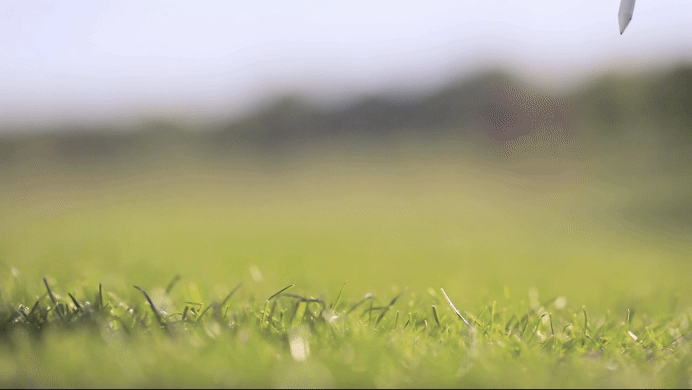 Curious Questions: Why do golf balls have dimples? And why are tennis balls furry?
Curious Questions: Why do golf balls have dimples? And why are tennis balls furry?As the weather picks up, millions of us start thinking about dusting off our golf clubs and tennis rackets. And as he did so, Martin Fone got thinking: why aren't the balls we use for tennis and golf perfectly smooth?
By Martin Fone Published
-
 Everything you might've missed last week — including the new Aston Martin
Everything you might've missed last week — including the new Aston MartinA lot has happened in the last few few days, from an Aston Martin reveal and new Rolex flagship store opening, to a case of mistaken identify at the Wallace Collection.
By Rosie Paterson Published
-
 Dawn Chorus: Britain's best museum gift shops
Dawn Chorus: Britain's best museum gift shopsOur Friday morning news review on museum shops, beech trees, ash dieback, and a rail replacement service you'll be happy to see the sight of.
By Toby Keel Published
-
 Dawn Chorus: How to listen to The King's new playlist, Spike Milligan's wonky house and Burgh Island
Dawn Chorus: How to listen to The King's new playlist, Spike Milligan's wonky house and Burgh IslandMonday morning's Dawn Chorus round-up finds presidential inspiration, a comedic home and more.
By Toby Keel Published
-
 Mexico, Miss Argentina and north Norfolk: How padel is taking over the world
Mexico, Miss Argentina and north Norfolk: How padel is taking over the worldWhat is padel? Why is it so popular? And what can it do for the countryside?
By Patrick Galbraith Published
-
 'As fun a dog as you’ll ever come across’, and a global icon — so why have smooth fox terriers become so rare?
'As fun a dog as you’ll ever come across’, and a global icon — so why have smooth fox terriers become so rare?Once so popular they were labelled the ‘English terrier’, numbers of smooth fox terriers have dwindled to worrying levels. Yet these smart and charming little dogs could rival the labrador if better known, devotees tell Flora Watkins.
By Flora Watkins Published
-
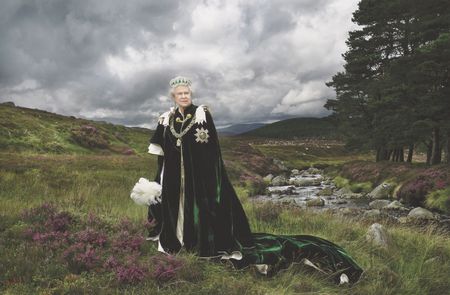 Dawn Chorus: The unseen Queen, the ultimate Highland train and the three-bedroom wreck for sale at £695k
Dawn Chorus: The unseen Queen, the ultimate Highland train and the three-bedroom wreck for sale at £695kBy Toby Keel Published
